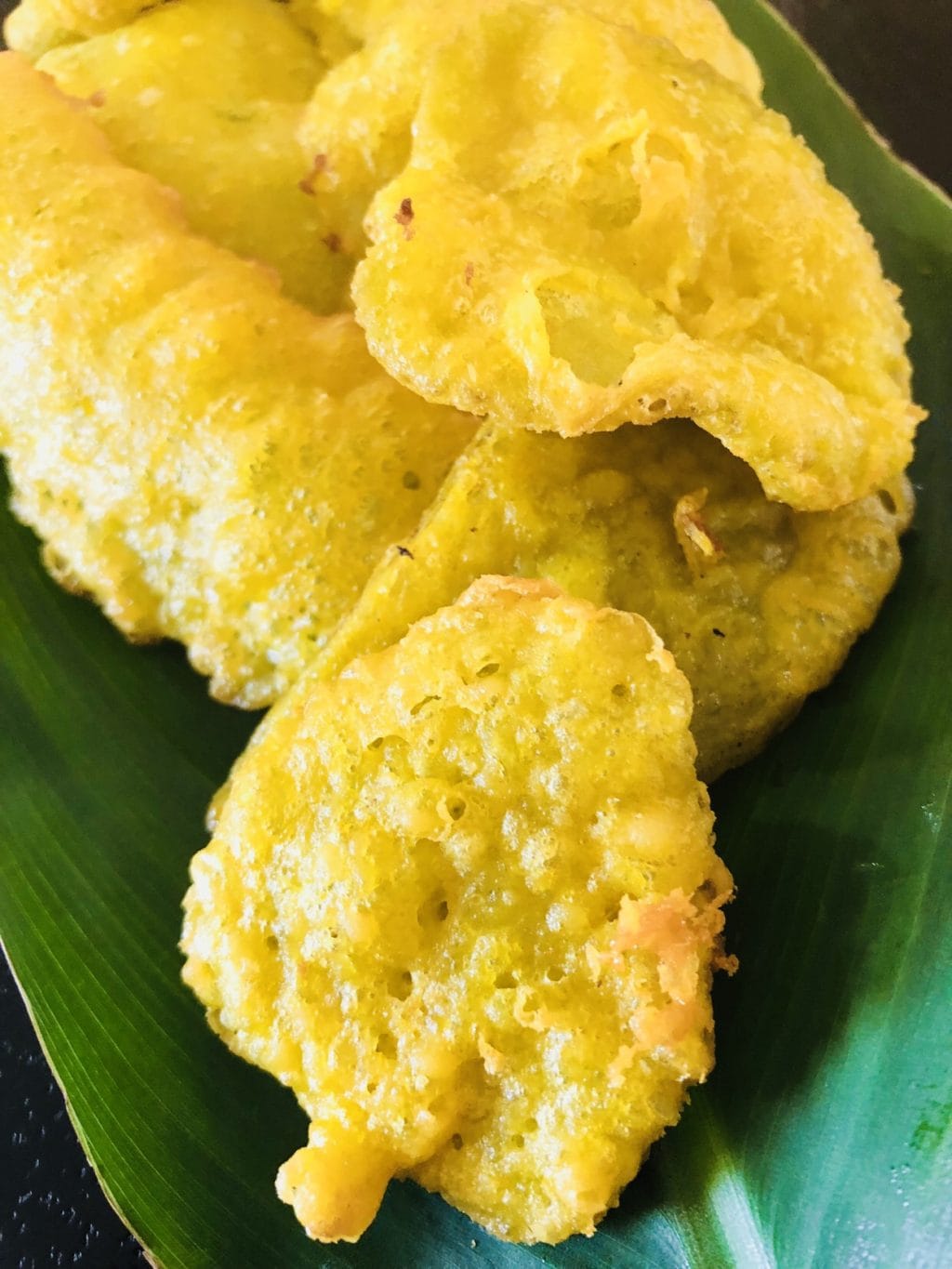Owyachi Pane
Owyachi Pane translates to Carom/Ajwain leaves. Owa/Carom/Ajwain/Ajowan is a seed like spice with bitter oregano and thyme like notes used in indian cuisine. It develops a more desirable flavor when toasted in oil or cooked like many other spices.
However when we refer to Owyachi pane/Carom leaves they are not really the leaves of the plant from which the spice comes. The spice yielding plant looks more like dill/shepu and yields small flowers and whose fruits is this little seed like spice. Its scientific name and family is called Trachyspermum Ammi.
However when in indian cuisine they refer to owyachi Pane/Carom leaves they come from this plant with fleshy leaves below.
This plant is actually of the family Plectranthus Amboinicus. Guess what this is widely known as! Heres a few names
- Owyachi Pane
- Indian Borage
- Cuban Oregano
- Mexican Mint
- Jamaican broad leaf thyme
- Spanish Thyme
- Tigers ear: huu-seua (Thailand)
Those are quite a few descriptions combining a country and a known spice!
The fleshy leaves are campherous in smell and taste. They leave an astringent taste on the mouth with herbaceous and slightly bitter notes like oregano and thyme.
We add it chopped up to a Maharashtrian flatbread called Thalipeeth. Our friend Uday uses it stone ground into a paste or chopped up when he wants to avoid green chilies but wants the astringent tantalizing mouthfeel in his dishes. But when in doubt there is always one thing you can try – fry!
Indeed, traditionally in india they dip the leaves in batter made from chickpeas and fry into pakode/bhajya.
That is what we went for after we harvested a few leaves of the plant which we found and bought at Dane County Farmers Market in Madison.
About Frying Bhajya
This is about frying in general. We hardly do it since of all cooking techniques i personally find the whole lifecycle of frying quite tedious. But there is indeed an art to it and some people like our friend Santoshi, Shesha and our mom do it very well and also make it look very easy.
We have observed people fry and tried to learn a few things. We are less skilled at frying and do it less frequently hence we use a cheat sheet.
- Use a candy thermometer – things fry well at 350-360F with golden browning yet cooking the ingredients.Thicker the ingredients, lower should be temperature and vice versa as you are always trying to golden brown things as well as cook them at the same time.
- We generally start out heating enough oil in the frying pan on medium heat so that it heats evenly to necessary temperature. After that before we start frying we increase the heat a bit so that it can maintain temperature while frying. Essentially when you add things to fry to the pan the temperature will drop down and you want it to come up quickly.
- When you add things to fry generally them floating to the top is a good indication of necessary temperature. However if they float to top, after they fry a bit and get some structure it is important to press them down or pour some frying oil over them with frying spoon to cook the top floating side not exposed to oil.
- After frying keep another mesh strainer over a bowl ready to drain instead of draining on the sides. Draining on the sides of pan takes time, removing in another strainers to drain allows more drainage although maybe wasting some oil (it could be reused if you collect a lot)
- Things get crispier as they cool if fried properly and are allowed to cool without catching moisture – after straining put on paper towels to absorb some excess oil but move them to a cooling mesh soon as leaving things on paper towel makes them stay in contact with moist environment and makes them go soggy
We wanted the leaves to provide their own unique flavor so wanted a very thin batter. Secondly we want the frying to be done quicker allowing the flavor of the leaves to develop but not mellow out due to cooking a lot. Hence we decided to fry at a higher temperature of 370-375 F. The batter cooked quicker and the leaves were cooked slightly due to this.
We also made the batter last minute with chickpea flour and only added minimum seasoning once again to let the flavor of the leaf shine. A tiny bit of turmeric for color and some sea salt.
Batter was made last minute with ice cold water from a jar filled with ice cubes. A very cold batter allows to make batter with more water than flour letting the flavor of the leaf shine. We made it of a consistency that it just coats the leaf very thinly. Then we added a spoon of hot frying read oil in it and mixed. This helps batter not disintegrate quickly and reduces sputter from water that is evaporating.
Then we fried by coating the leaves, a few leaves at a time, drained, then dabbed on paper towel then dried on wire mesh before serving.
The owyacha panachya bhajya were delicious and crispy. The crunch led way to the bite of the leaf, which was mildly campherous, very herby and with thin zucchini like mouthfeel due to the fleshy nature of the leaves. As i write this, zuchini slice sandwiching the leaf and getting fried will also taste pretty delicious!
Then after eating a few, we used the golden rule, if your kadhai is hot then fry more!
We fried some red sweet peppers and some paneer in the same light batter and went to town.
When frying various things, other than salt a very light dusting of one or two of following can work wonders
- Chat Masala
- Fresh toasted and ground coriander seed powder (this is our favorite for indian style frying)
- Black salt
- Anardana Powder
- Matcha tea powder
- Dehydrated soy sauce powder
- The last two will need a separate post one day.





